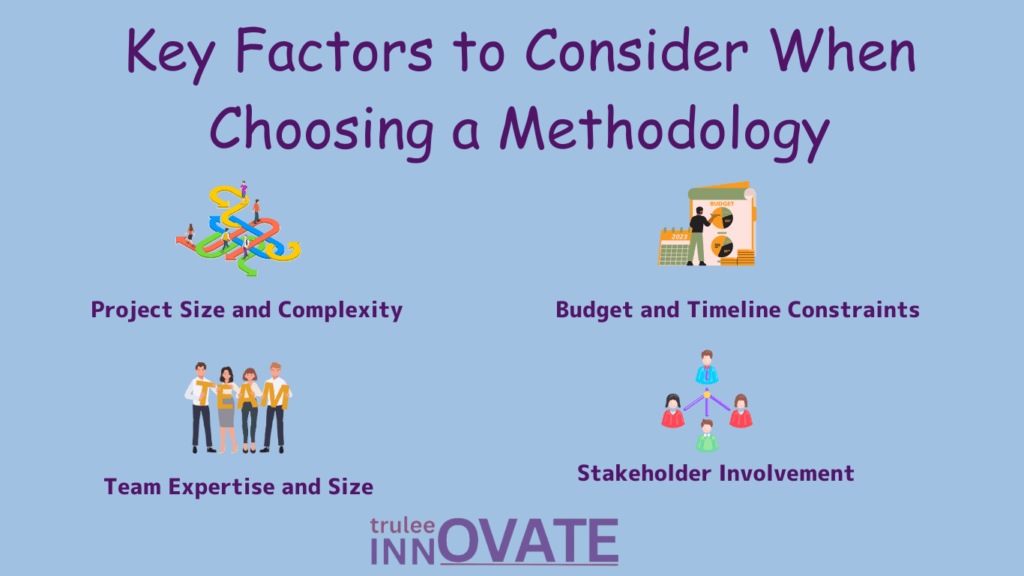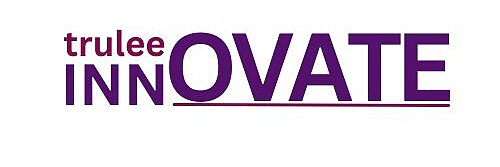Introduction to Software Development Methodologies
In the ever-evolving field of technology, businesses and organizations heavily rely on efficient software development methodologies to build robust applications and systems. But what exactly does this term mean? Simply put, a software development methodology is a structured process used to plan, design, implement, test, and maintain software projects. It provides a framework that helps teams manage workflows, allocate resources, and meet deadlines while ensuring the software meets user expectations.
A project’s success depends on the approach chosen. A well-suited approach not only improves productivity but also minimizes risks and ensures better quality outcomes. Understanding the options available and their suitability for different scenarios is crucial for project success.
Types of Software Development Methodologies
To cater to different needs, a variety of methodologies have been developed over time. Here are some of the most commonly used ones:
Agile Methodology
Agile is a type of methodology best suited for projects that have varying requirements since agile embraces change. It is an adaptive and incremental approach that focuses heavily on collaboration, stakeholder feedback and quick delivery of usable segments of the product. The project is broken into periods called ‘sprints’ which makes adhering to changing requirements less of a hassle for the teams.
Waterfall Methodology
This is an older approach and has a more structured character as it puts the project into doing stages step by step, This involves Requirements, Design, Development, Testing, and Deployment. The waterfall strategy is most effective for projects whose requirements and goals are stable over time.
Scrum Framework
Scrum forms part of Agile and it emphasizes delivering projects within fixed rates which usually incline around two weeks. It differentiates several roles like Scrum Master and Product Owner which are crucial for organization and coordination between the team.
Kanban Methodology
To enhance efficiency, Kanban focuses on visualization of tasks which in turn reduces the number of tasks that are in progress. For Teams trying to promote their performance without any drastic change in the configuration, Kanban is a great methodology to rely on.
Lean Development
Lean is highly efficient in eliminating waste while ensuring greater value will be delivered to the customers. It’s particularly beneficial for small teams and developmental start-ups that would want to tend to a maximum amount of customers.
Key Factors to Consider When Choosing a Methodology
Selecting the right software development methodology is crucial for the success of any project. With several methodologies available, each suited to different types of projects, it’s important to evaluate your needs carefully. Here are some key factors to help you make the best choice:
1. Project Size and Complexity
The size and complexity of your project play a significant role in determining the ideal methodology. If you’re managing a large, complex project with constantly changing requirements, iterative approaches like Agile or Scrum are highly effective. They allow flexibility and adaptability throughout the development process. On the other hand, smaller projects with well-defined objectives may thrive with a more structured approach like the Waterfall methodology, which provides a clear roadmap from start to finish.
2. Team Expertise and Size
Your team’s skills, experience, and size are also important considerations. Agile methodologies require teams to be cross-functional and comfortable with iterative workflows, making it a better fit for experienced teams. Meanwhile, Kanban is simpler to adopt and can be an excellent choice for teams new to Agile principles or transitioning from traditional workflows. Aligning the methodology with your team’s strengths will enhance productivity and collaboration.
3. Budget and Timeline Constraints
Budget and timeline constraints often dictate the choice of methodology. If your project is under tight deadlines or restricted by a limited budget, methodologies like Rapid Application Development (RAD) can be a game-changer. RAD focuses on rapid prototyping and delivering functional components quickly. However, if your project involves a higher budget and requires extensive risk analysis at each stage, a methodology like the Spiral Model may be a better fit, even though it tends to be more resource-intensive.
4. Stakeholder Involvement
Consider how much stakeholder feedback is required throughout the project. Agile and Scrum methodologies are ideal when frequent stakeholder collaboration is needed, as they encourage continuous input and iterative improvements. These approaches ensure that the end product aligns closely with the stakeholders’ vision and needs. If stakeholder involvement is minimal, methodologies like Waterfall may suffice due to their linear progression and defined deliverables.
Final Thoughts
Choosing the right methodology isn’t a one-size-fits-all decision—it requires a careful assessment of your project goals, team dynamics, budget, and stakeholder needs. By aligning these factors with the strengths of a particular methodology, you can set your project up for success.

Detailed Overview of Popular Methodologies
Agile: Key Principles, Benefits, and Use Cases
Agile is built on the principles of adaptability, customer collaboration, and continuous improvement. It’s particularly effective for projects where requirements are expected to change frequently. Industries such as e-commerce and SaaS heavily rely on Agile to deliver iterative updates and stay competitive.
Waterfall: When to Use This Traditional Approach
Waterfall works best for projects with clear, fixed requirements and minimal changes during the development phase. Examples include government or regulatory projects where every phase needs to be documented meticulously.
Scrum vs. Kanban: Key Differences and Similarities
While both are part of Agile, Scrum focuses on fixed-length sprints and defined roles, whereas Kanban is more flexible, allowing teams to pull tasks as capacity permits. Scrum is ideal for product development, while Kanban suits maintenance and support workflows.
DevOps: Bridging Development and Operations
DevOps emphasizes automation, continuous integration, and delivery pipelines. It’s widely used in organizations aiming for faster deployment cycles and improved collaboration between development and operations teams.
Lean Development: Reducing Waste and Optimizing Value
Lean places a high priority on creating value and reduces anything that doesn’t benefit the client. It’s a great choice for startups looking to maximize output with limited resources.
Comparison of Software Development Methodologies
| Methodology | Strengths | Weaknesses |
| Agile | Flexible, customer-focused | Requires high team involvement |
| Waterfall | Easy to understand, structured | Inflexible, not suitable for changing requirements |
| Scrum | Defined roles, iterative cycles | Can be overly rigid in small teams |
| Kanban | Simple, workflow-focused | Less structure can lead to inefficiency |
| DevOps | Automation, faster deployment | Requires a cultural shift |
Common Mistakes to Avoid When Choosing a Methodology
Misaligning the Methodology with Project Goals: Choosing a methodology that doesn’t match the project’s needs can lead to inefficiencies.
Ignoring Team Expertise: Adopting a methodology without proper training can result in confusion and delays.
Overlooking Stakeholder Requirements: Ensure the methodology supports the level of stakeholder involvement needed.
Real-World Examples of Methodology Applications
Agile in E-commerce: A leading e-commerce platform adopted Agile to release frequent updates based on user feedback, resulting in higher customer satisfaction.
DevOps in Fintech: A fintech company implemented DevOps to automate deployment pipelines, reducing time-to-market by 30%.
Future Trends in Software Development Methodologies
The rise of AI, machine learning, and automation is reshaping how teams approach software development. Hybrid methodologies that combine the best aspects of Agile, DevOps, and Lean are gaining popularity. Additionally, tools like AI-driven analytics are making it easier to optimize workflows and improve efficiency.
Conclusion
For any project to be successful, selecting the appropriate software development methodology is essential. By understanding the unique characteristics of each methodology and aligning them with your project’s requirements, you can achieve better outcomes, improve team efficiency, and deliver high-quality software solutions.


